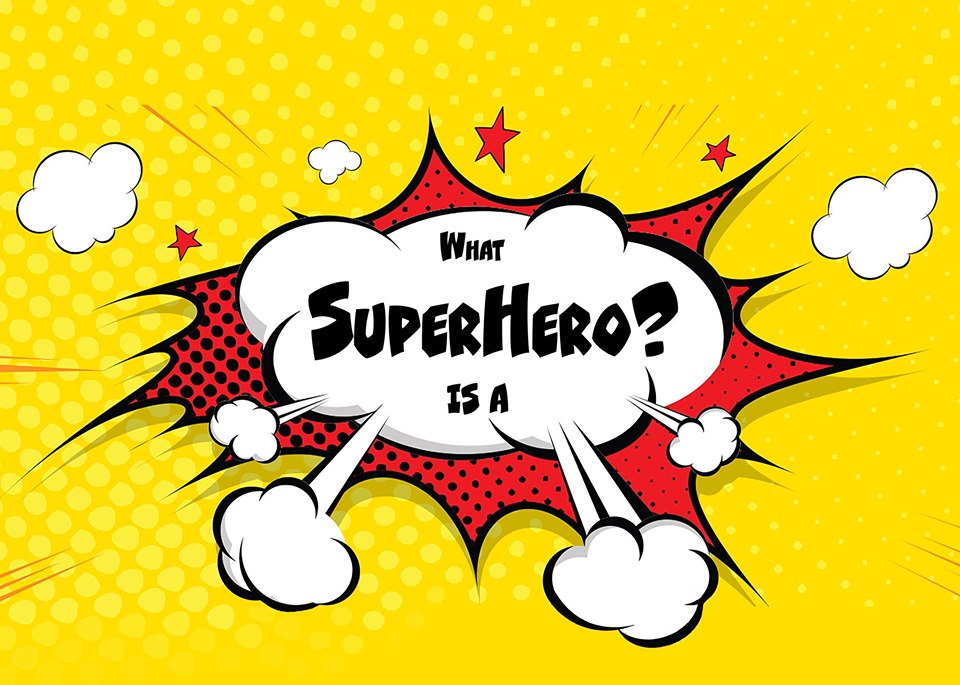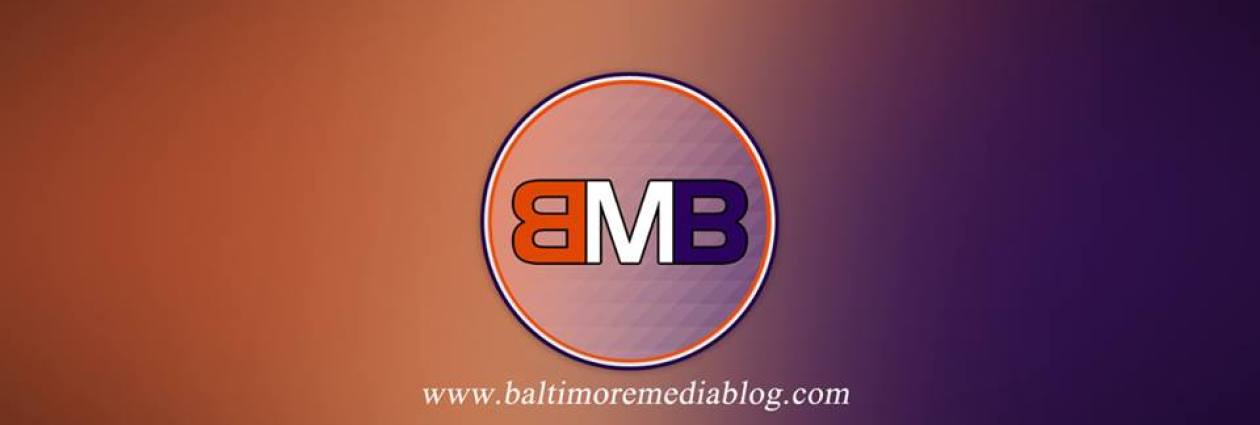I chatted with local artist Dan Schiavone about some of his inspirations and the expanding Baltimore Arts scene.
Q: Talk about your childhood, where you grew up, etc
I grew up in Syracuse, New York, in an Italian neighborhood on the north side. My wife Liz jokes that I grew up in the 50’s. I’m not that old, but my childhood did have the trappings of suburbia. I spent summer riding my chopper bicycle to the park and running through backyards. When I started to use subject matter in my art I used experiences from my youth as inspiration. The resulting work depicted ideal suburban landscapes undercut by darkness and anxiety, evocative of David Lynch’s films.
I remember my first one person show. Relatives who stopped by to see depictions of teens rollicking in between ranch houses, trimmed shrubbery, and redwood fences expressed concerned about my state of mind.
“Drain”, Charcoal on paper, 1983
Q: When did you know you wanted to be an artist?
I was one of those kids who was always drawing. At school I used to get moved to the front row so the teacher could watch me doodle. But formal training came late for me. I’m not sure I knew what an artist was until I found myself applying to colleges.
As a child I was worried that when I became an adult I would lose my imagination. Now that I’m an adult, I’m often thinking about how to trigger ideas and intensify imagination. Our home is set up around creativity. There’s creative stuff going on all the time The kids grab their violin or mandolin every few hours, there’s drawing and art projects everywhere, and Liz rocked the our summer journaling project last year. Family helps me stay creative.
Q: Are there any artists you look up to?
Energy in art schools ebbs and flows depending on students and teachers. I caught a particularly good time in the early eighties at Syracuse University. Because of a London program there was an influx of artists from England and Ireland adding to a batch of students from New York City. Some of the New Yorkers were involved in the first wave of graffiti art. The lower east side was happening then. I went to the FUN Gallery, where Jean-Michel Basquiat and Keith Haring got their start, and got a peek into what proved to be an incredibly energetic, though short lived, moment.
During my time at Syracuse the art department replaced an art professor slot with a rotation of visiting artists. As an undergraduate I got one on one time with a who’s who of the eighties art world like Barbara Kruger and Eric Fischl. I even got to sit at a table and talk with the art critic Hilton Kramer of The New Criterion.
In graduate school I studied with Robert Colscott who was the first African-American artist to represent the United States in the Venice Biennale. I last saw him in 1998, hanging out in his studio while he flipped through a stack of large paintings that were waiting to get sent to an exhibit. The Baltimore Museum owns one of his paintings, “The Three Graces: At the Bathers Pool”, inspired by Mattisse’s bathers. Colescott had studied with Fernand Léger and was a big fan of Mattisse. Even while in grad school in Tucson the Fates were pointing to Baltimore.
Q: What is it like as an artist living in an Arts District?
It’s great to live in a place surrounded by creativity. Today the Highlandtown Arts District is flourishing, but it wasn’t always so. The Highlandtown Arts District came into fruition while we were working on moving Creative Alliance from Fells Point to the Patterson. In the 90’s few people outside of Highlandtown were aware of the many actors, poets, musicians, and visual artists in the neighborhood. The arts district helped amplify the creative activity here and draw more venues and artists to the neighborhood.
While I was with the Creative Alliance we held a housing fair for artists at The Lodge (our house) to help Patterson Park CDC market a new program where they sold and renovated houses to the buyer’s specifications. The first of these were sold to artists who designed studio spaces in their new homes.
In 2003 my wife Liz and I opened a gallery on our first floor. We were the second art venue in the neighborhood. It was hard to get people to walk from the Patterson to our gallery. For a city-wide show called the Tour de Clay the local undertaker, Charlie Zannino, drove people in the funeral parlor’s limo from the Patterson to our gallery. Charlie had a blast. Now we have lots of people walking between 10+ venues on the First Friday Art Walk. The past 20 years have seen a tremendous transformation in our neighborhood and art has been a big part of it. I’m not sure our kids realize that in other places you can’t walk around the corner to visit an art gallery.
Q: You posted a photo recently of a painting of yours that resembled the creature in “Stranger Things.” Are you psychic?
“Spider”, Acrylic on canvas, 2002
My work often focuses on anxiety. There was a shift in western culture during the late 70’s in the 80’s. Because of cold war paranoia we started to fear our neighbors. Anxiety over the atomic bomb helped spread fear of a dystopian future and the “miasma of a fouled up world”. Fewer people believe that tomorrow will be better than today. Modernism (abstract art) embodied optimism. Now we’re in more pessimistic times, the postmodern era. The spider painting does look a lot like the mind flayer in Stranger Things. But I think both are tapping into the same thing. A sense of a fouled up world.
This sort of thing has happened before in my work. Before 911 I made several paintings that seem to anticipate the attack. 911 amplified the perception of a dangerous world, whether justified or not. I often wonder how our reaction to 911 will be perceived in the future. Do we suffer more from our response to events than the events themselves? Were these paintings premonitions or just a result of seeing the train wreck coming. Perhaps, I should be working on a series about global warming?
“Ghosts over the city”, Oil on canvas, 2000
Q: You’re a part of the SuperHeroes exhibition in Y:Art. What is YOUR definition of a Super Hero?
I have to admit I totally missed this interpretation of the show’s theme. I’ve been delving into comics at home and at work so I was already wrapped up in other ideas.
My sons and I have been visiting comic book stores trying to navigate intimidating walls of comics. It took us years to find what interests us. We used to go to the comic book store not knowing where to begin and leave empty handed. We learned how to ask for recommendations and one thing lead to another. Now the boys have their own recommendations.
As a web programmer working with open source software I attend a lot of tech conferences where I sometimes speak. I’ve given a presentation, The Medium is the Massage 2.0 where I bring in ideas from Scott McCloud’s “Understanding Comics”. The book explains through comics the mechanics behind telling a story with images and words. Putting words and images together has always been an interest of mine. This resulted in a series of hand bound books in collaboration with writers and poets. It took me years to realize that comics are a bleeding edge image/word art form. I’m so glad that the Superhero at Y:Art show has brought these worlds together for me. Art, family, work.
“Strange hand”, Pencil on paper, 2019
For the Superhero show I created a triptych of hand studies inspired by classic comic book artists like Jack Kirby. Early comic artists took inspiration from fine artists like Michelangelo. You can see similarities in poses and foreshortening. Unlike Pop Art where the artist amplifies the means of production, painting Benday dots and blowing up actual comics, these drawings use comics as fine art subject. I tried using my own hand as a model, but that didn’t work. The model had to be the comic. They complete a circle: fine art → comics → fine art.
Q: I hear your son has entered something into the exhibition as well. How awesome is it to see your child express himself through a form of art?
Kostek is far ahead of where I was at fourteen. When he heard about the Superhero show he immediately made an ink drawing worthy of a New Yorker Magazine cover. You’ll immediately laugh out loud when you see it. Last year he sold a piece in the Highlandtown Arts District exhibition. I doubt anyone looking at it knew that the artist was so young. We discuss each other’s work and feed off of each other’s energy. Kostek and his brother Leo are my studio partners.
Q: In your opinion, how important is Arts for a successful City?
At this point every city throughout the country recognize the economic impact of the arts. This wasn’t always the case. And though more public officials extol culture’s impact in strengthening and reviving our communities there’s very little financial support. Public funding for the arts has never recovered from the culture wars of the 1980’s. Maryland’s arts districts are more of a product of the people in those districts than the legislation that created them. Artists, cultural organizations, and businesses within those districts receive little benefit from the tax incentives. The legislation that created Maryland’s art districts was enacted in 2001. Now that we’ve seen the benefits over almost twenty years, it’s time to get feedback from the existing districts and strengthen the legislation.
Q: Are you excited about the Superheroes exhibition?
It’s going to be fantastic!

The SuperHeroes exhibition takes place July 27th – August 11th at Y:Art in Highlandtown!
Follow Dan on Twitter/ Instagram
[follow_me]
